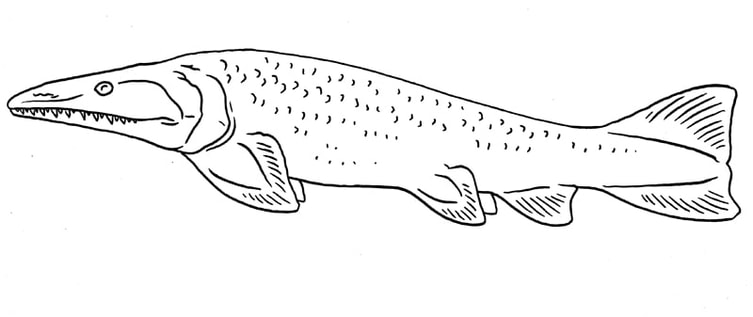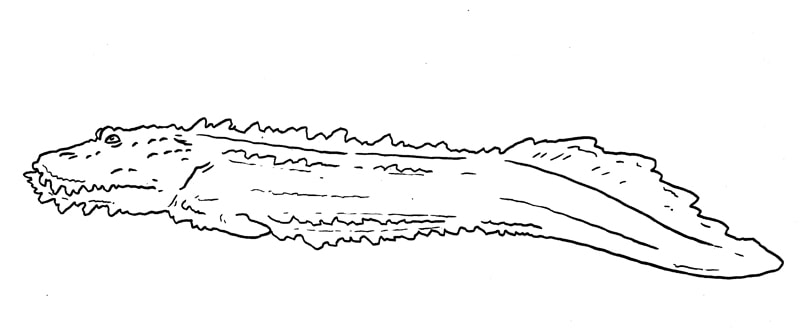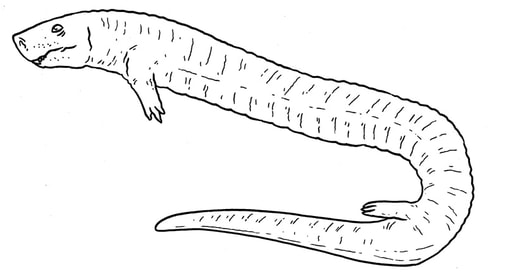Paleozoic
Cambrian
Sanctacaris-like giant Cambrian predator, perhaps 2 meters long. Stem Chelicerata.
Anomalocaris-like predator with 2 flexible grabbing appendages. Anomalocarididae.
A relative of Vetulicolia that has keeled fins along its upper and lower edges. Vetulicolidae.
Ordovician
A trilobite with bull-like cephalic horns. Lichidae.
A Megalograptus-like eurypterid with claws that resemble those of a mantis. Megalograptidae.
Silurian
A land dwelling, lunged gastropod that feeds on primitive land plants and algal films. Patellogastropoda.
Devonian
A species of basal tetrapodomorph converging upon pikes in body shape and habits. Stegocephalia.
A species of blind, parasitic trilobite that latches on to fish and sharks, embedding itself like a tick. Phacopida novis.
A small Conodont that acts like a cleaner-wrasse for various fish such as Placoderms. Conodonta.
A pelagic placoderm which hovers vertically in the water to ambush prey from below. Dunkleosteidae.
A giant freshwater placoderm which possesses camouflage to resemble a submerged log. Homostiidae.
A species of Placoderm possessing a body-form resembling a zebra shark. Arthrodira.
A species of mid-sized placoderm with a set of jaws resembling the beak of a terror bird. Dunkleosteidae.
A species of basal tetrapod, that is adapted to walk on the seabed or riverbed, like a handfish. Tetrapodomorpha novis.
Carboniferous
An herbivorous petalodont that feeds on encrusting algae, like a blue tang. Belantseidae.
A stout, stubby kind of Hyolith. Hyolitha.
A bottom-feeding relative of Tullimonstrum. Chordata?
A kind of Aistopod amphibian that lives in estuaries and river mouths. Aistopoda.
A relative of Crassigyrinus, that has adapted to be a camouflaged bottom-hugging predator, like a wobbegong. Crassigyrinidae.
A relative of Lepidodendron that has an array of spikes to deter large arthropod herbivores. Lepidodendraceae.
Permian
An aquatic amphibian that feeds by biting chunks of flesh off larger amphibians, as with a cookie-cutter shark. Lysorophia.
Komodo-dragon-sized relative of Seymouria. Seymouriidae.
Giant, predatory marine temnospondyl, approximately 10 meters long. Trematosauridae.
Late Permian relictual pelycosaur, with adaptations to conserve body heat in temperate climates. Caseidae.
A small Dicynodont which is mainly carnivorous. Dicynodontia.
A cynodont that has aquatic adaptations akin to a primitive seal. Procynosuchidae.
A relative of Stethacanthus which has a covering of large spiny denticles, for defence. Stethacanthidae.
A relictual Placoderm which has survived into the Permian. Antiarchi.
A small relative of Suminia that has become a treetop glider. Otsheridae.





























